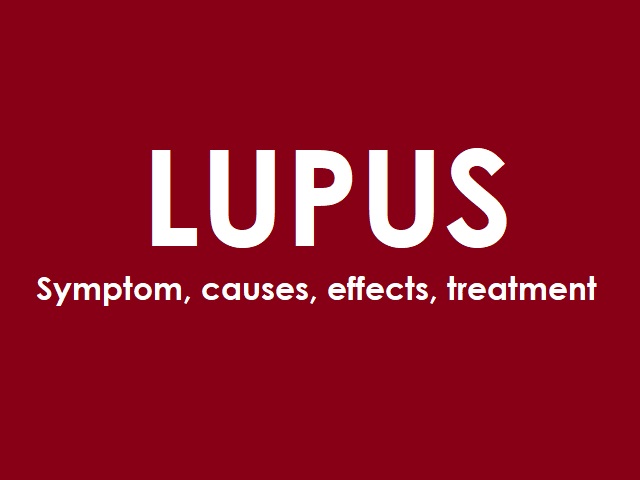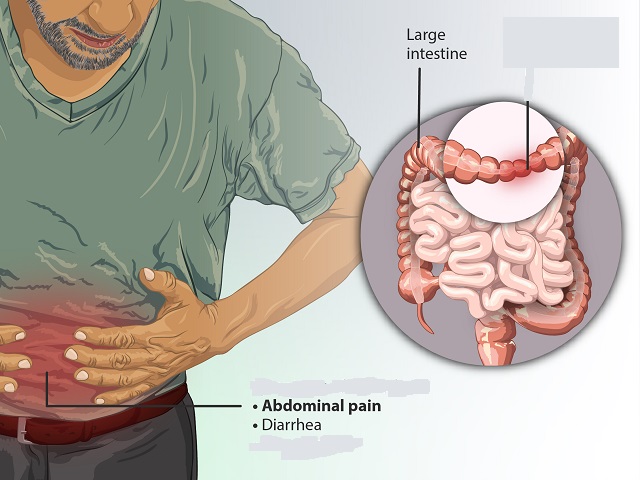7 Signs You May Have Hemophilia -- Symptoms, Causes, Effects, Treatment and Prevention
Hemophilia is a rare genetic bleeding disorder characterized by the inability of the blood to clot properly. It is primarily caused by a deficiency or abnormality in certain blood clotting factors, which leads to prolonged or spontaneous bleeding.
Symptoms of Hemophilia
The symptoms of hemophilia may vary depending on the severity of the condition, but common signs include:
- Frequent or spontaneous bleeding, often in the joints, muscles, or soft tissues
- Easy bruising
- Excessive bleeding from minor cuts or injuries
- Prolonged bleeding after dental procedures or surgeries
- Nosebleeds that are difficult to stop
- Blood in the urine or stool
- Joint pain, swelling, and limited range of motion
Diagnosis of Hemophilia
Hemophilia is diagnosed through a combination of clinical evaluations and laboratory tests, including:
- Medical history and physical examination: A thorough assessment of symptoms, family history, and physical signs of bleeding.
- Coagulation tests: Blood tests that measure the activity and levels of specific clotting factors, such as factor VIII (hemophilia A) or factor IX (hemophilia B).
- Genetic testing: Analysis of the genetic mutations responsible for hemophilia to confirm the diagnosis and determine the type and severity of the condition.
Causes of Hemophilia
Hemophilia is typically an inherited disorder caused by mutations in the genes responsible for producing clotting factors. The most common types are hemophilia A and hemophilia B, caused by deficiencies in factors VIII and IX, respectively. These mutations are usually passed down from parents to their children through an X-linked inheritance pattern.
Effects of Hemophilia
Hemophilia can have several effects on the body, including:
- Excessive bleeding: Even minor injuries or trauma can result in prolonged bleeding, leading to complications such as deep tissue bleeding, joint damage, and organ bleeding.
- Joint problems: Repeated bleeding into joints can cause chronic pain, swelling, stiffness, and limited mobility. Over time, it may lead to joint deformities.
- Internal bleeding: Spontaneous internal bleeding, such as into the brain or abdomen, can be life-threatening and requires immediate medical attention.
Treatment of Hemophilia
The treatment of hemophilia aims to prevent or control bleeding episodes and manage complications. Common treatment approaches include:
- Replacement therapy: Infusion of clotting factor concentrates to replace the deficient or abnormal clotting factors.
- Desmopressin (DDAVP): A medication that stimulates the release of stored clotting factors in mild cases of hemophilia A.
- Antifibrinolytic medications: Drugs that help prevent the breakdown of blood clots and reduce bleeding.
- Physical therapy: Exercises and joint protection techniques to improve joint function and prevent joint damage.
- Management of bleeding episodes: Applying pressure, immobilizing the affected area, and using ice packs to control bleeding.
Prevention of Hemophilia Complications
While hemophilia cannot be prevented, certain measures can help prevent complications and improve overall well-being, including:
- Regular medical care: Seeking ongoing medical supervision from a hematologist specializing in bleeding disorders.
- Preventive treatment: Prophylactic replacement therapy to prevent bleeding episodes in severe cases of hemophilia.
- Physical activity: Engaging in low-impact exercises and physical therapy to strengthen muscles and joints.
- Injury prevention: Taking precautions to minimize the risk of injuries, including using protective equipment during sports or activities.
- Genetic counseling: Discussing family planning options and genetic testing to understand the risk of passing hemophilia to offspring.
Note: The information provided is for educational purposes onlu. For detailed and personalized information, it is important to consult with a healthcare professional.
References:
Centers for Disease Control and Prevention. (2020). Hemophilia. Retrieved from https://www.cdc.gov/ncbddd/hemophilia/facts.html














